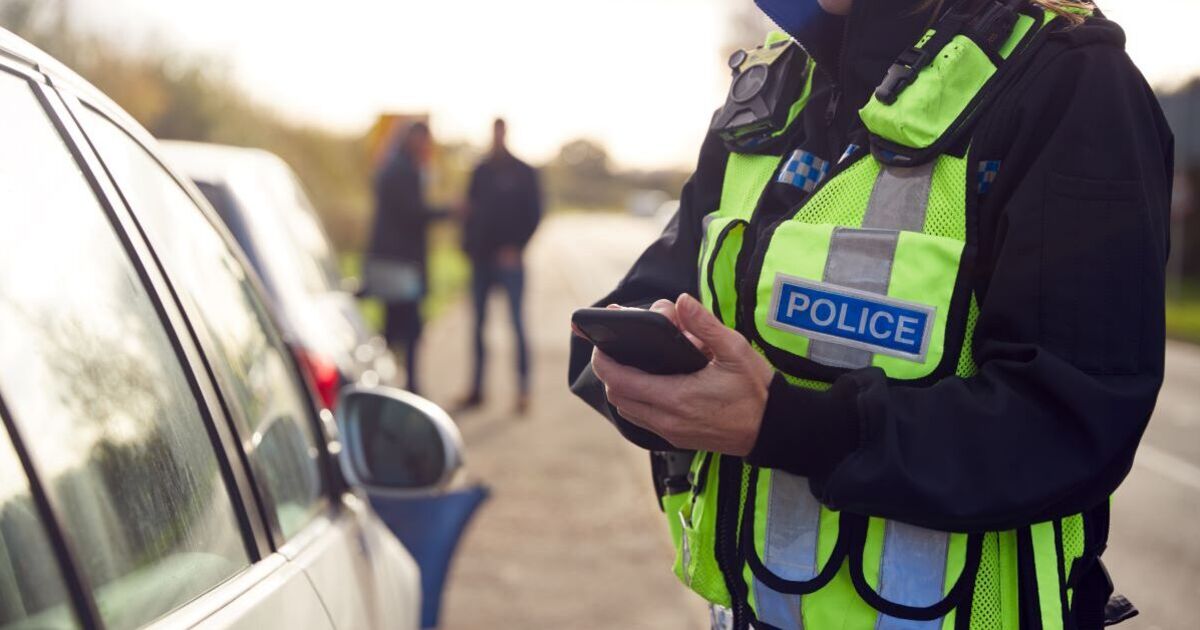Drivers might assume people are normally pulled over for something dramatic such tearing it down the motorway, texting behind the wheel, or reckless overtaking. But according to Paul Turner, a former roads policing officer with 14 years’ experience, it’s actually something far more boring and far more common which could catch you out.
“The easiest way to get pulled over is having a back light out,” he says. “Brake light, tail light, number plate light – if one’s gone, that’s all it takes.” Turner says most people never realise one of their rear lights isn’t working. Unlike headlights, you can’t see them from the driver’s seat. And modern cars won’t always flash up a warning.
“Unless someone tells you, or you happen to reverse near a shop window, you’d never know,” he explains. “You need another person to check properly – and most drivers simply don’t.”
That’s exactly why faulty rear lights are such an easy spot for police on patrol. And when they see it, they’re within their rights to pull you over immediately.
If it’s your first time, you might get away with a Vehicle Defect Rectification Notice (VDRN) – which gives you 14 days to get it fixed and prove it. You could get a fine, or worse.
But if the fault is considered dangerous or you’ve had warnings before, you could face an on-the-spot fine of up to £100 and in some cases, a maximum court-issued fine of £1,000 plus three penalty points.
Motor experts at Plates Express say faulty rear lights are one of the most avoidable reasons drivers get pulled and they’re urging everyone to take five minutes tonight to check.
You can easily avoid making this mistake by getting a friend or family member to help. You should have someone stand behind your car while you press the brake pedal and turn on your lights – they’ll quickly spot anything that’s out.
If this isn’t an option, you could use your phone camera. Set your phone to video mode, lean it against something behind the car, press the brake and check the footage. It’s a DIY trick that works in seconds and can help you clearly see if there’s anything wrong with your car.
Finally, you should check for condensation or cracks – moisture in the lens or cracked casings can cause bulbs to blow.
If your rear lights look fogged up or dim, it’s worth checking the bulb or replacing the unit.
With nights drawing in and visibility dropping, Turner says now is the time to build the habit.
“Once a week. That’s all it takes,” he says. “If your rear lights aren’t working, the car behind you is guessing — and the police will pull you. Simple as that.”

